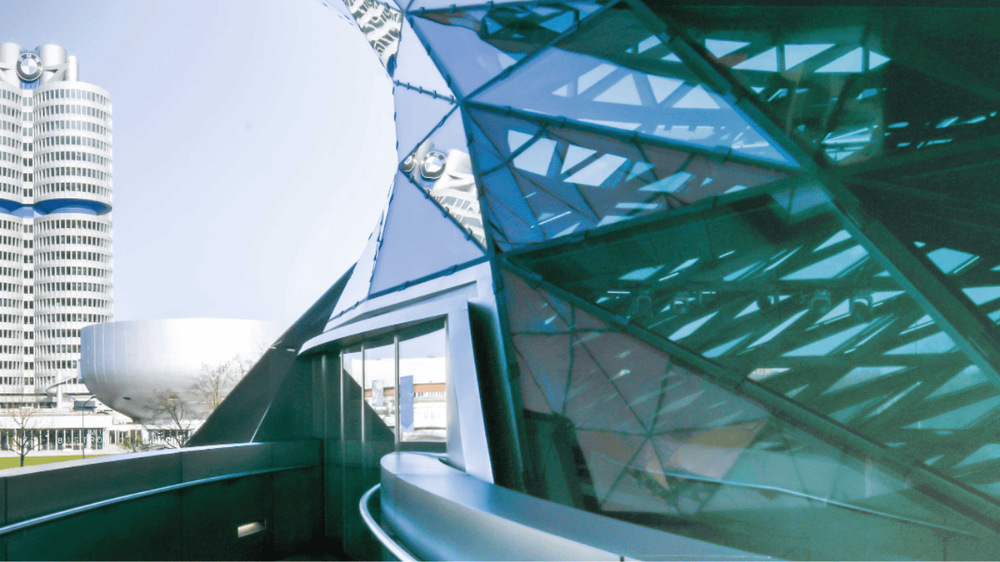The decision by BMW and Mercedes-Benz to establish a high-power charging network in China is a strategic response to the burgeoning EV market. The global electric vehicle market is projected to grow from USD 500.48 billion in 2023 to USD 1,579.10 billion by 2030, at a CAGR of 17.8%. In 2022 alone, electric car sales exceeded 10 million units globally, with EVs making up 14% of all new car sales. This backdrop underscores the timing and potential impact of the joint venture.
China’s role in the global EV market cannot be overstated. In 2022, the demand for automotive lithium-ion batteries in China grew by over 70%, driven by a surge in electric passenger car sales. The joint venture’s focus on China is a calculated move to capitalize on this growing demand and the country’s leading position in the EV market.
The planned network of at least 1,000 high-power charging stations with around 7,000 charging piles by 2026 not only addresses the current demand but also sets the stage for future growth in EV usage. The inclusion of state-of-the-art charging technologies and the intention to use electricity from renewable sources align with global sustainability goals and technological advancements in the industry.
Similar Posts
A key aspect of this venture is the emphasis on a seamless digital experience for customers. Features like plug & charge and online reservation are more than just conveniences; they represent a shift towards integrating advanced technology into everyday aspects of EV usage, enhancing the overall user experience.
This joint venture is part of a larger trend in the automotive industry, where collaboration and sustainability are increasingly important. Similar initiatives in the past have included collaborations on battery technology development and other charging solutions, reflecting a sector-wide shift towards innovation and sustainability.
The BMW and Mercedes-Benz joint venture to establish a high-power charging network in China is a significant step forward in the EV sector. It represents a harmonization of market demands, technological advancement, and a commitment to sustainability, setting a precedent for future developments in the automotive industry. This initiative is not just about building infrastructure; it’s about shaping the future of mobility in a world increasingly leaning towards sustainable and technologically advanced solutions.
















